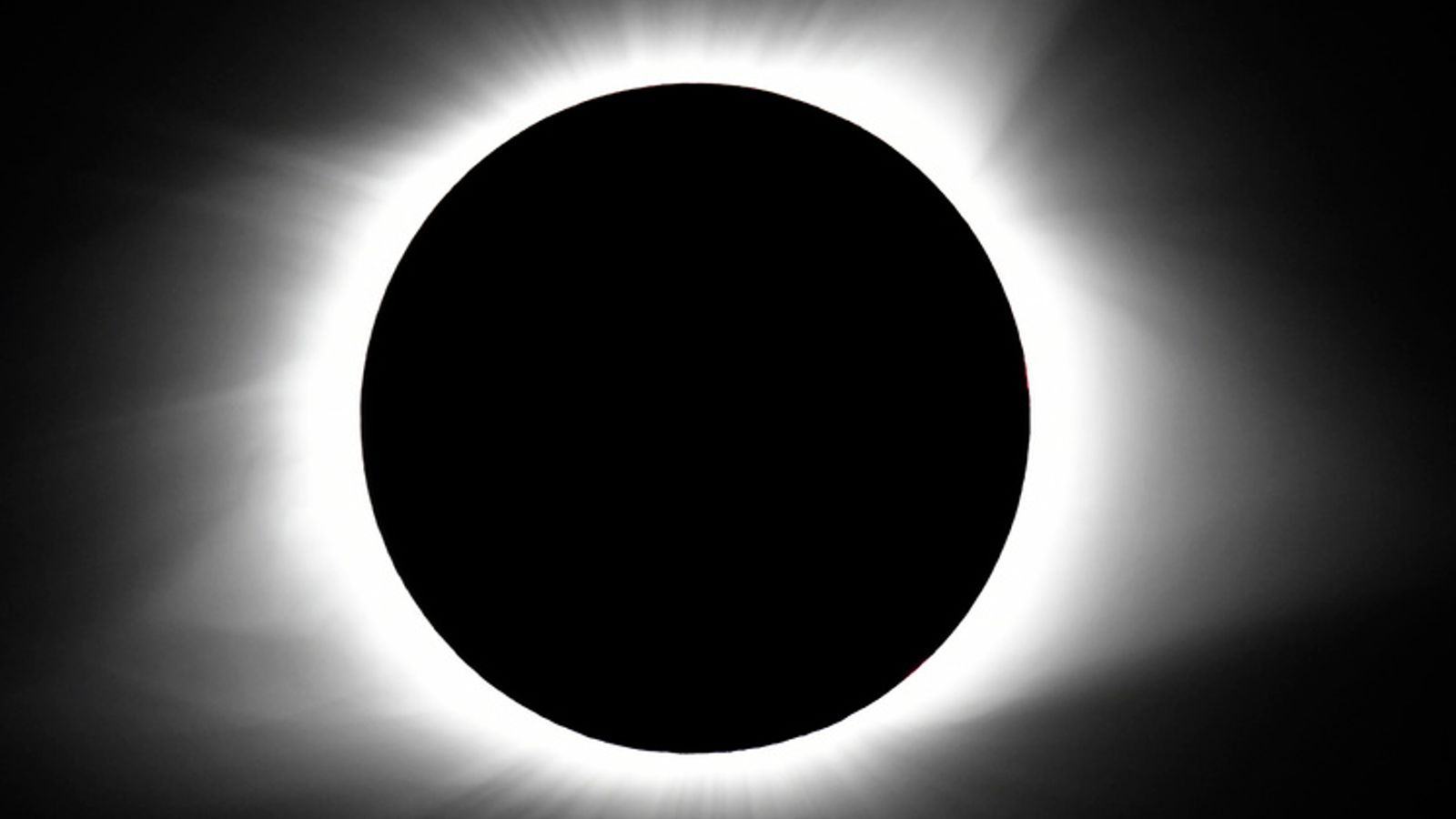Inmates will see solar eclipse after suing New York over prison lockdown


Prisoners will be allowed to watch next week’s total solar eclipse after suing New York’s corrections department.
A lockdown of prisons had been ordered by the state corrections department for the same day as the eclipse on 8 April, meaning inmates could not be outside during usual recreation hours and would miss the event.
In response, the six inmates at the Woodbourne Correctional Facility – who each have different religious backgrounds – sued the New York branch and argued the lockdown violated their constitutional rights to practice their faiths by preventing them from taking part in a religiously significant event.
The celestial event was last visible in the US in 2017 and will not be seen in the country again until 2044.
“A solar eclipse is a rare, natural phenomenon with great religious significance to many,” the complaint had said.
On Thursday, their lawyers announced they had reached a settlement so the convicts could watch the eclipse.
Thomas Mailey, a spokesperson for the New York department, said they agreed to permit the six individuals to see the event as the group agreed to drop their suit with prejudice.
“The lawsuit came to an appropriate resolution,” he added in a statement,
The six men included a Baptist, a Muslim, a Seventh-Day Adventist, two practitioners of Santeria, and an atheist.
Advertisement
The lawsuit alleged that the atheist received special permission in March to view the eclipse using glasses provided by the state – but that decision was made before the announcement of the lockdown at the prison.
Four of the other plaintiffs sought permission afterwards but were denied by officials who ruled the solar eclipse is not listed as a holy day for their religions, the lawsuit stated. A sixth inmate said he never received a response.
Read more from Sky News:
Can I see the total solar eclipse in the UK?
What scientists hope to learn from celestial event
Stock up on food and check your glasses – eclipse warnings

The total eclipse is expected to be seen in New York at about 3.15pm and will last a few minutes as the moon passes between the Earth and the sun.
According to NASA, it will begin over the South Pacific, with its path reaching Mexico’s Pacific coast before entering the US in Texas.

Keep up with all the latest news from the UK and around the world by following Sky News
It will then go through Oklahoma, Arkansas, Missouri, a tiny piece of Tennessee, Illinois, Kentucky, Indiana, Ohio, a small area of Michigan, Pennsylvania, New York, Vermont, New Hampshire and Maine.